Bunkers Of The Old Course St Andrews
A look at some of the key bunkers that players will seek to avoid in the 150th Open Championship.


The Old Course at St Andrews has evolved with the changing requirements of an ever-developing sport. As the game’s popularity grew, fairways heading out and in required clearer definition, so two holes were cut on each green to lessen the risk of head-on collisions. As ‘gutty’ balls replaced ‘featheries’, steel shafts replaced hickory and titanium replaced persimmon, tees were shifted to lengthen the course and keep the test current.
One aspect of the ‘Grand Old Lady’ has, however, barely changed in the last 125 years or so. If you look at plans of the Old Course from around the turn of the 20th Century (and before) you’ll see that almost all the iconic bunkers that so famously characterise the holes were well-established. The names ‘Hell’, ‘The Principal’s Nose’ and ‘The Coffins’ were already known, and feared, by golfers.
A long history
Many Old Course bunkers have been subtly manipulated over the years, perhaps even moved slightly by nature or design. Two traps short and right of the 2nd green were moved closer to the putting surface, for example. A number of bunkers have been added to the course, but very few have been removed over the years. In fact, if we discount those moved on the 2nd, the last bunker to be filled in on the Old Course was ‘Hull’ bunker on the 15th fairway, back in 1949.
In 1869, the greens committee of the day decided to fill in a small pot bunker on the 15th fairway – it bizarrely reappeared overnight. Local golfer, A.G. Sutherland, who was a vocal opponent of the change, received the blame (apparently wrongly). The bunker is still there and called ‘Sutherland’.
Hazards and waypoints
The bunkers at St Andrews are one of the course’s most significant defences, but they also act as waypoints to be noted and avoided for successful navigation of the Old Course.
In 2000, Tiger Woods didn’t find a single bunker over the four days of competition and went on to win by eight, with a record total of 19-under-par. It was some achievement, since avoiding the 112 sandy hazards around St Andrews requires a blend of clear thinking, planning and accurate hitting.
Here, we take a tour of some of the most significant bunkers and the ones that should be given the widest possible berth.
Get the Golf Monthly Newsletter
Subscribe to the Golf Monthly newsletter to stay up to date with all the latest tour news, equipment news, reviews, head-to-heads and buyer’s guides from our team of experienced experts.
A bunker free start... And finish

The 1st green of The Old Course
Only the 1st and 18th holes at St Andrews are bunker-free, but this wasn’t always the case. Until around 1840 a large bunker called ‘Halket’s’ lay in the middle of the fairway on the Swilcan Burn side of the path that later became Granny Clark’s Wynd. It was filled in as part of a project to reclaim the 1st fairway.
On the 2nd lies the first significant bunker acting as a bearing point. ‘Cheape’ defines the leftmost side of the hole, sitting on the corner of the dogleg of the 17th. Named after the family who once owned the land on which the Old Course sits, the players will be mindful to steer right of this hazard from the tee.
Cartgate
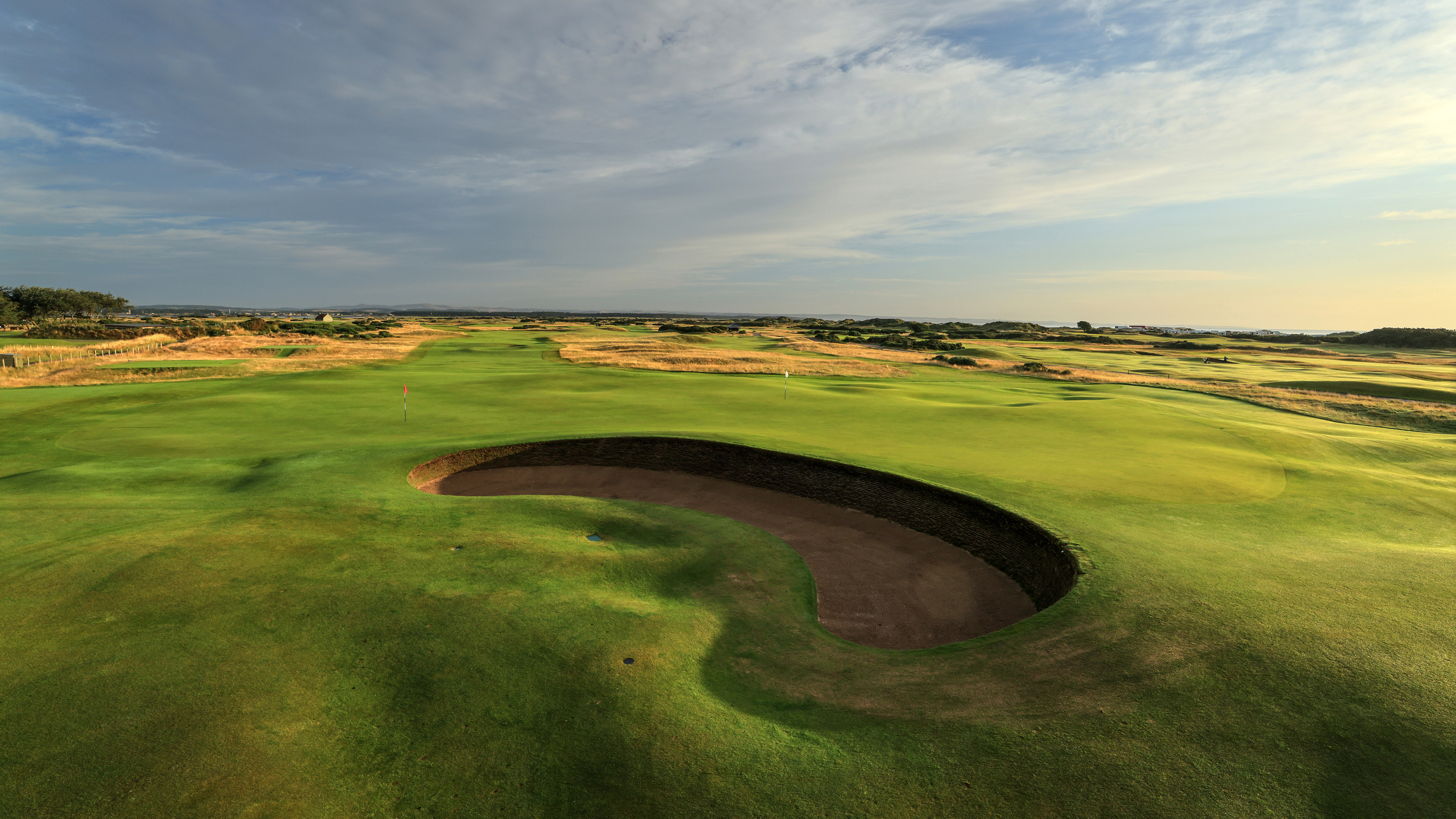
Cartgage
The gaping ‘Cartgate’ bunker protects the front left side of the 3rd green. It features a high, revetted face and if a ball runs right up to that wall, escaping forwards is impossible.
Cottage
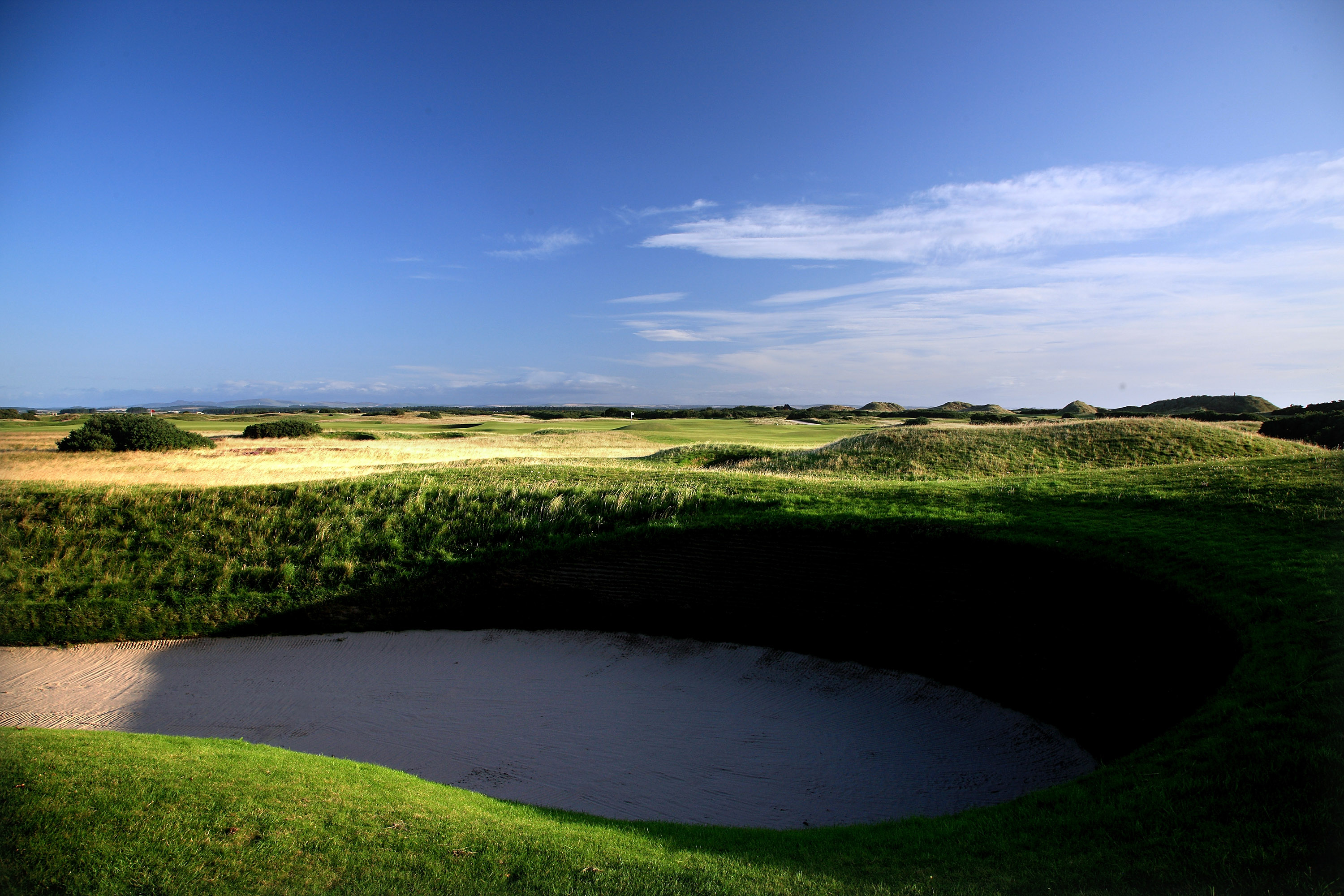
Cottage
From the 4th tee, the longest hitters could reach the sprawling ‘Cottage’ bunker. It's about the size of a cottage and most shots ending in there result in a blast out sideways.
Seven Sisters
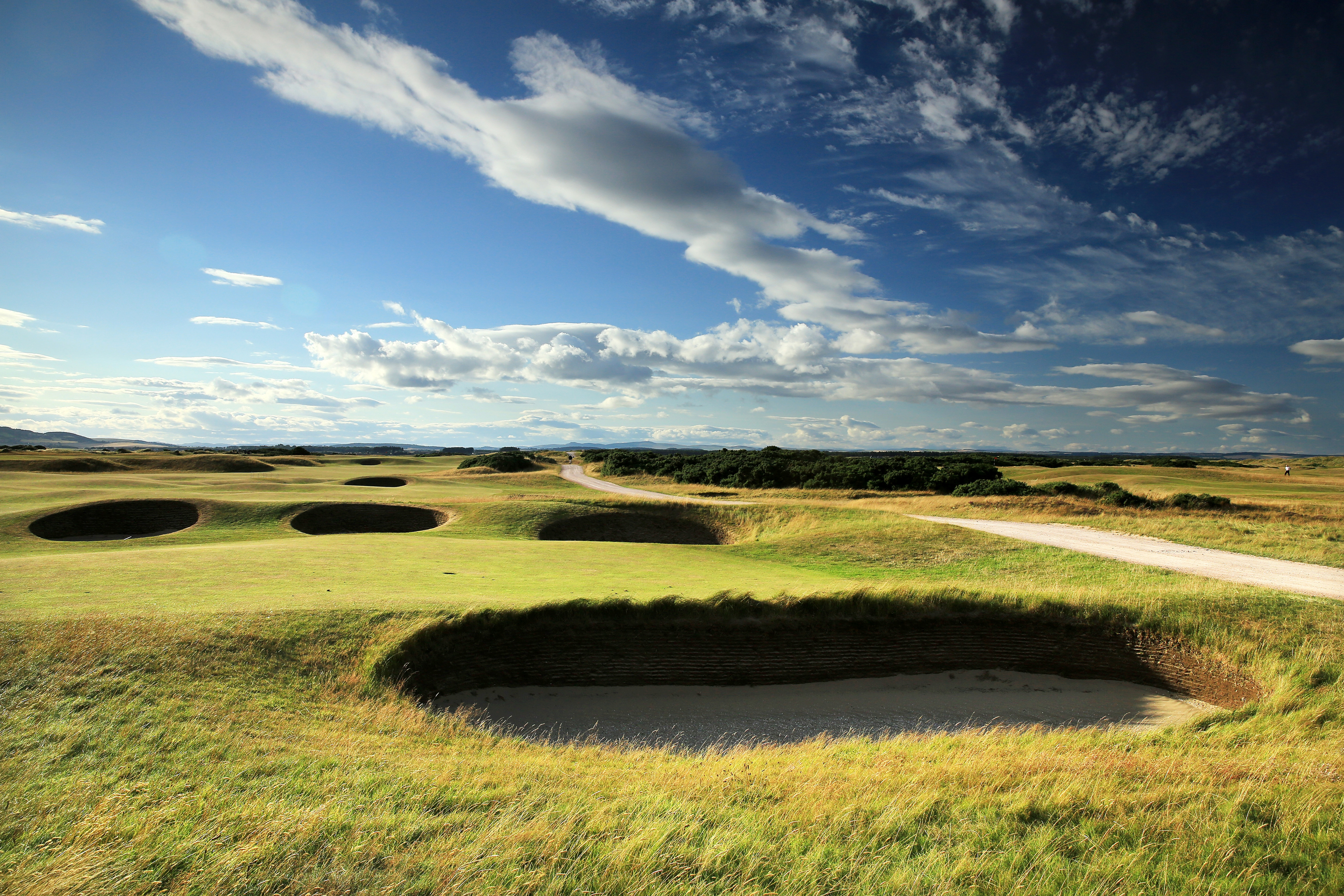
The 5th on The Old Course
From the par-5 5th tee, a veritable minefield of bunkers protects the right-hand side. The dangerous ‘Seven Sisters’ were dug after the 1905 Open, replacing the whins that had been cut back to the right of the fairway. Short of the green ‘The Spectacles’ shouldn’t trouble the pros but, if a player does find one of this pair of perilous pots, reaching the green will be no mean feat, even though it’s only 30 yards or so.
Shell
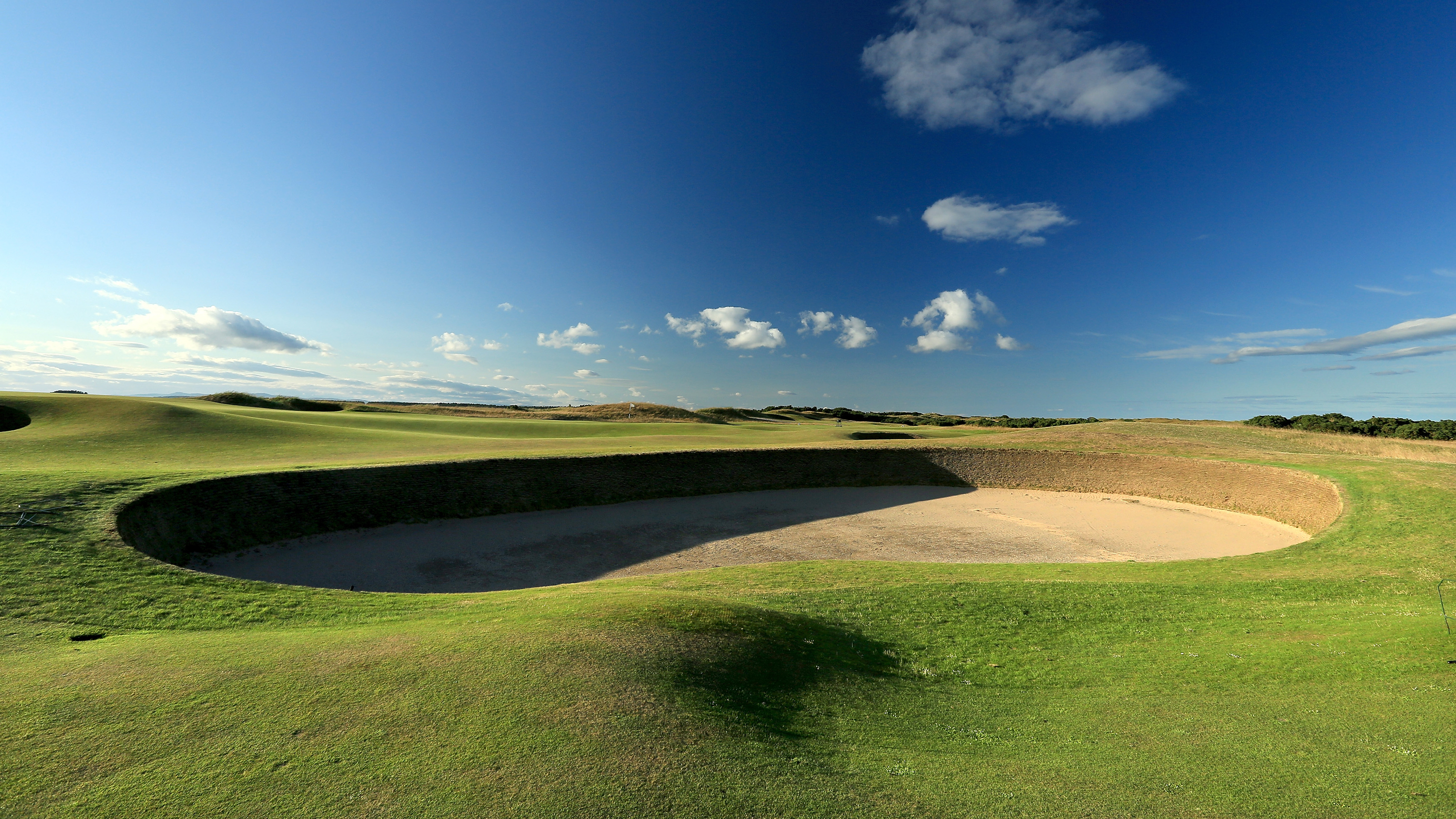
Don't go up the face of this one...
The enormous ‘Shell’ bunker is the dominant feature on the 7th hole. Named after the cockle shells historically found at its base, it will catch drives that run on too far across the shallow cross-fairway, shared with the par-3 11th. As long as the ball remains relatively far back in the bunker, the pros shouldn’t have too much of a problem. But, with a face the height of a lofty man, a ball that runs too close will leave a hugely awkward shot.
A well-protected par-3
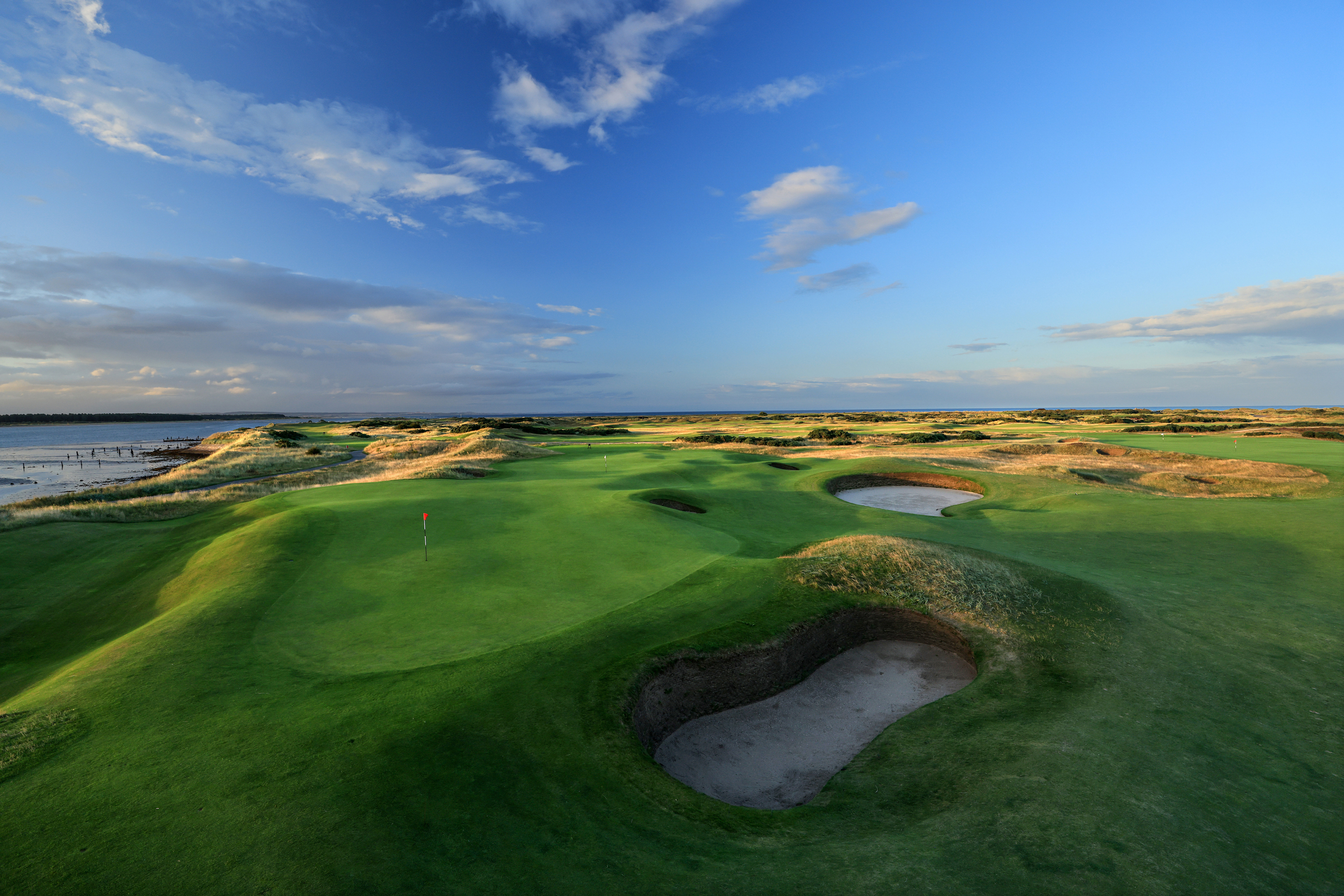
Hill in the foreground, Strath is the little dark pot between it and Shell further on to the right
The par-3 11th features one of the most fearsome bunkers at St Andrews. ‘Strath’ is named after Davie Strath, a professional from the late 19th Century who had particular issue with this deep, round pot. With new pin positions available on a flattened section to the back left of the 11th green, ‘Hill’ bunker has also come more into play. Anything ending in either of these two could spell disaster. In The Open of 1921, Bobby Jones picked up his ball in ‘Hill’ bunker after a number of failed attempts to get out.
On the testing par-4 13th, the daunting ‘Coffins’ lie at driving distance. A visit here is effectively a penalty shot, and a blast out into a more playable position is the only option.
A descent into hell

It's beautiful, but it's Hell
The long 14th is home to one of golf’s most notorious hazards. Hell bunker lies ominously in a hollow some 100 yards short of the green. It must be avoided at all costs, as Jack Nicklaus can testify. The Golden Bear descended into Hell in 1995 and took four to get out of this 10ft-deep terror.
So you have to decide whether you can definitely get over the gaping chasm with your second shot, or else play short or well left. There’s no room to miss right as another tiny pot bunker awaits there, just above its giant neighbour.
The Principal's Nose
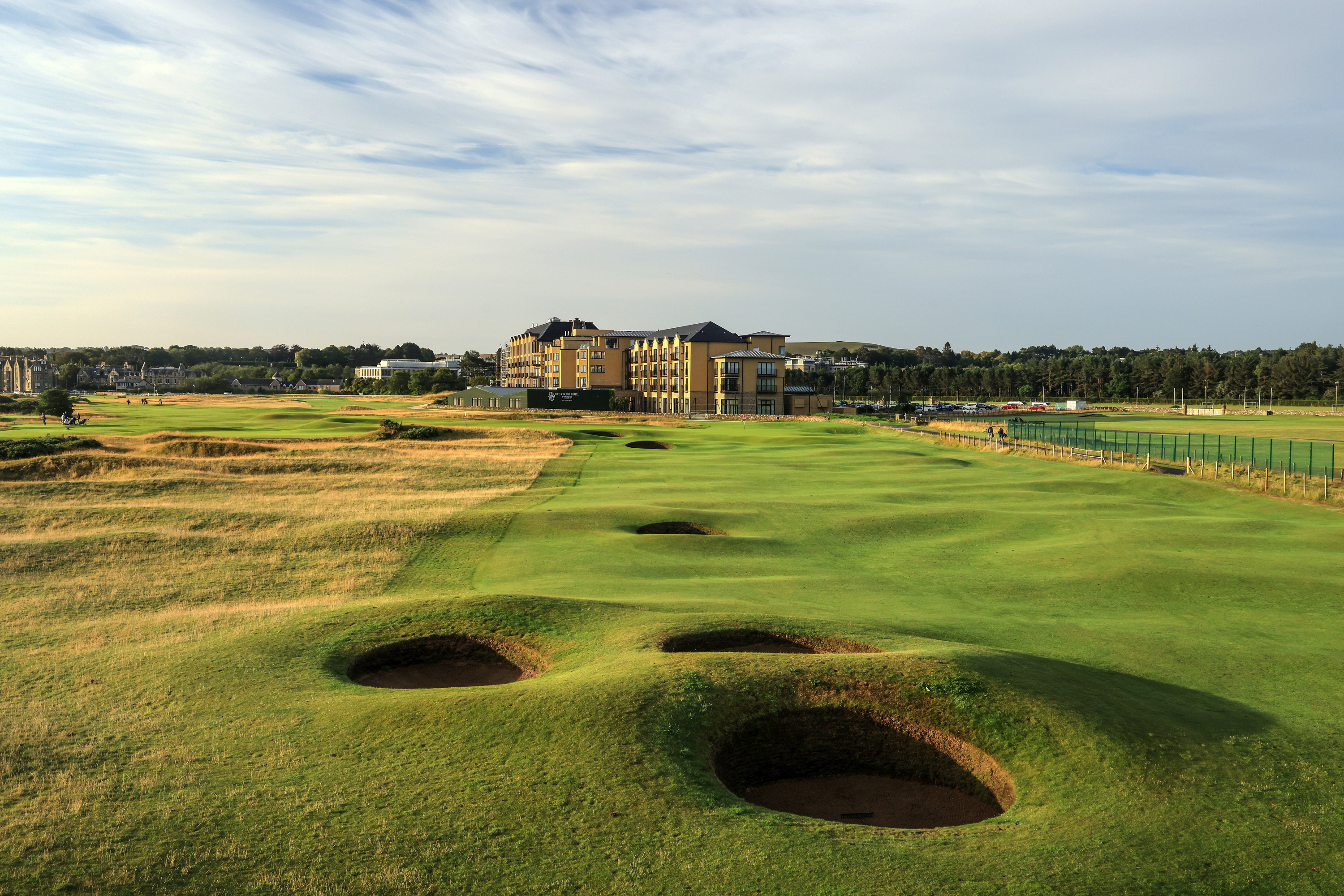
The Principal's Nose with Deacon Sime just beyond
On the 16th a scattering of well-placed bunkers makes the tee-shot a perplexing prospect. The Principal’s Nose grouping of traps is the most obvious threat, but perhaps more fiendish is the tiny ‘Deacon Sime’ pot bunker some 20 yards beyond that. Just a couple of yards wide, it’s completely hidden from the tee.
The world's most famous bunker

The Road Hole bunker
The 17th green is the site of St Andrews’ most storied bunker. ‘Road’, set into the front of the green, has seen the end of numerous challenges for Open Championships and other significant events over the years. Tommy Nakajima, David Duval and Costantino Rocca have all famously fallen foul of this relatively small, but steeply faced and treacherously difficult bunker.
The surrounds of Road have been altered slightly in recent years in order to gather more balls into its clutches. Although it might look a little different from previous Opens, it will still present a huge test to those who find it. The temptation is to try and blast out straight up and over the face. But this requires the ball to be lifted extremely quickly and even the best short-game exponents can be made to look foolish.
The bunkers of St Andrews’ Old Course have decided the fate of countless championships over the years. Players have won Opens by avoiding them and lost the event in their sandy grasp. This year, the winner will play strategically to miss the most perilous bunkers on the course and, if he does err, display prudence in limiting the damage that these legendary old hazards can inflict.

Fergus is Golf Monthly's resident expert on the history of the game and has written extensively on that subject. He has also worked with Golf Monthly to produce a podcast series. Called 18 Majors: The Golf History Show it offers new and in-depth perspectives on some of the most important moments in golf's long history. You can find all the details about it here.
He is a golf obsessive and 1-handicapper. Growing up in the North East of Scotland, golf runs through his veins and his passion for the sport was bolstered during his time at St Andrews university studying history. He went on to earn a post graduate diploma from the London School of Journalism. Fergus has worked for Golf Monthly since 2004 and has written two books on the game; "Great Golf Debates" together with Jezz Ellwood of Golf Monthly and the history section of "The Ultimate Golf Book" together with Neil Tappin , also of Golf Monthly.
Fergus once shanked a ball from just over Granny Clark's Wynd on the 18th of the Old Course that struck the St Andrews Golf Club and rebounded into the Valley of Sin, from where he saved par. Who says there's no golfing god?
-
 Tom Watson Latest To Cast Doubts Over PGA Tour-LIV Golf Reuinification
Tom Watson Latest To Cast Doubts Over PGA Tour-LIV Golf ReuinificationThe Masters legend isn't convinced there's a way to agree a deal to reunite the men's game that doesn't conflict with a key PGA Tour rule
By Mike Hall Published
-
 Jason Day Masters Outfit - What Is The Australian Wearing At Augusta National?
Jason Day Masters Outfit - What Is The Australian Wearing At Augusta National?It's more subdued than his first round outfit back in 2024, but Jason Day is sporting another striking Malbon outfit on the opening day of the Masters Tournament
By Conor Keenan Published